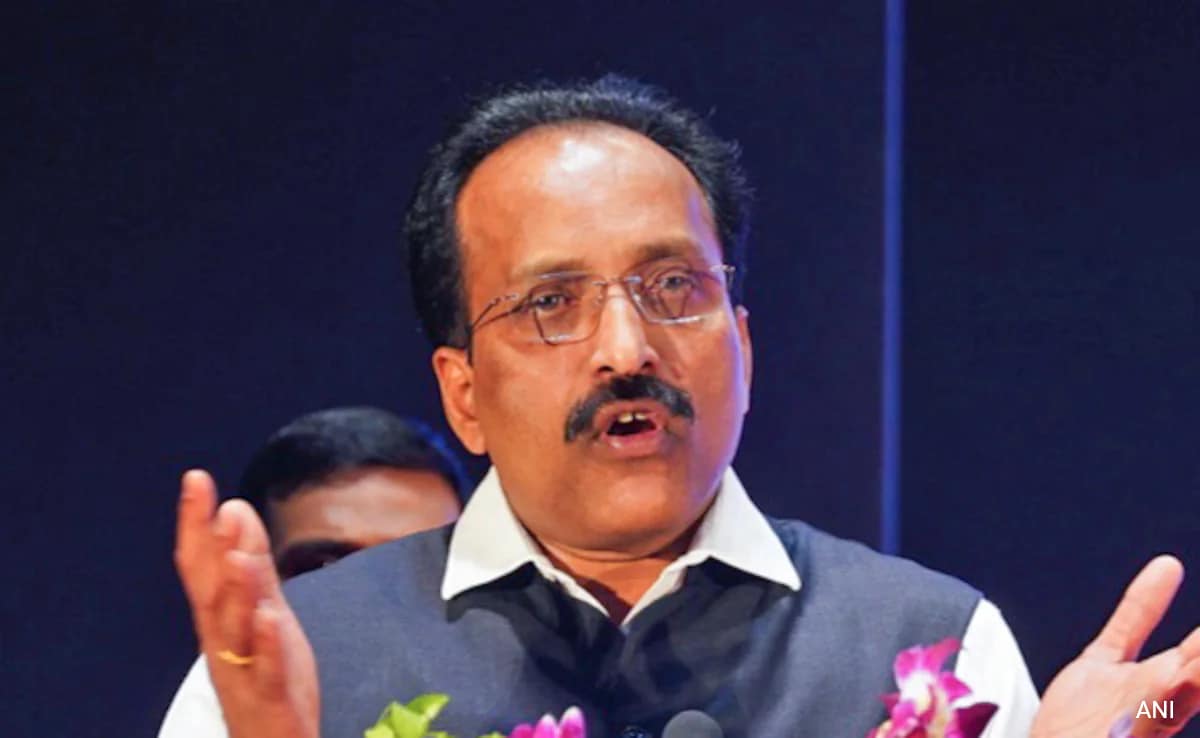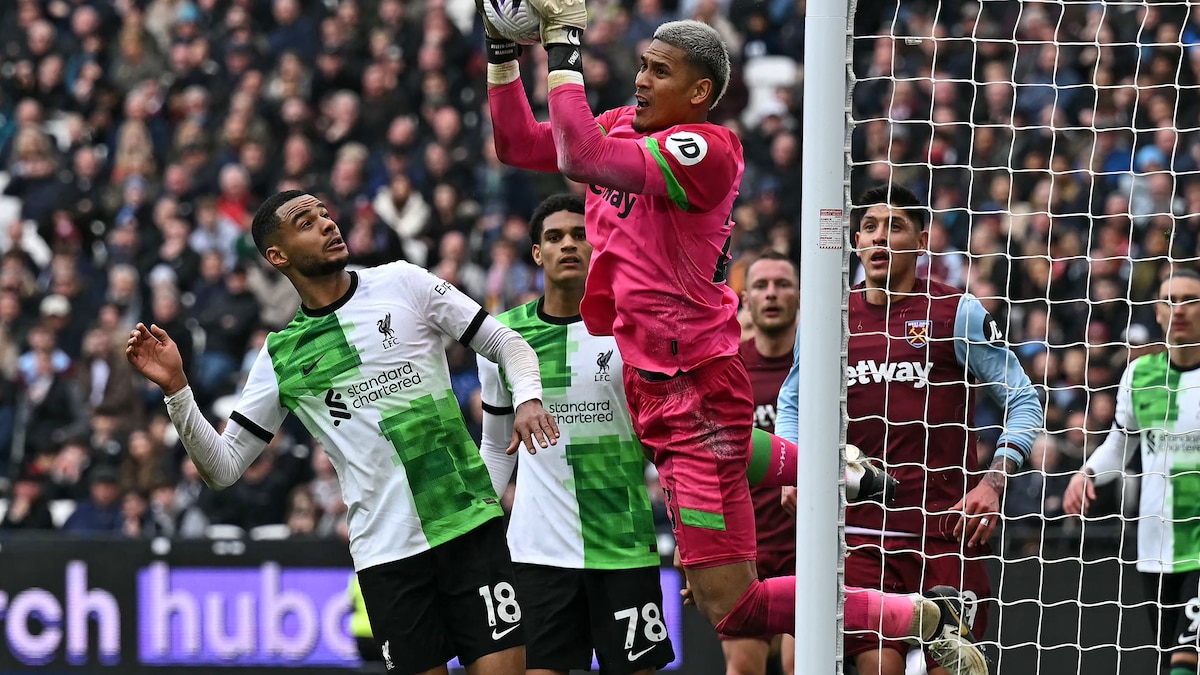Research has found that less than 3% of artists mentioned in GCSE art exam papers are from black or South Asian backgrounds.
Analysis of GCSE assessment materials from the UK’s four major exam boards – AQA, Eduqas, OCR and Edexcel – revealed that of the artists cited in 27 arts exam papers, only 8.4% were from ethnic minorities.
By comparison, white artists accounted for 91.6% of all exam board mentions, according to a report by the Runnymede Trust think tank and arts charity the Freelands Foundation. Of those named artists, only 0.74% were South Asian and 1.54% were black. The smallest group is the work of mixed-race artists, accounting for 0.5% of all artworks mentioned.
The report said: “Arts education offers something special to children and young people, but unfortunately, shortcomings in our current education mean they miss out on fantastic opportunities to grow and change, and this affects all students. “
A lack of standardized guidance in the curriculum means that including artists from under-represented backgrounds remains a challenge, and curriculum content is largely set by teachers and subject leaders, meaning students often only gain a “narrow view of the art world” Perspective,” the report said.
At Key Stage 3, the curriculum says students should learn about “the great artists, craftsmen and designers, and understand the historical and cultural development of their art forms”, without giving a clear definition or name.
The lack of guidance continues until key stage 4, GCSE level, where art and design are no longer compulsory subjects covered by the national curriculum. At GCSE, subject guidance from the Department for Education (DfE) still does not include artists’ names in course material.
Works by ethnic minority artists were more likely to be associated with a geographical region, such as African ritual sculptures or Persian rugs, than those by white artists, 20.1% versus 0.4% respectively. This “reinforces…a problematic perception that the most important artists are white ones,” the report said.
Dr Shabna Begum, interim chief executive of Runnymede Trust, said: “Representation brings inspiration and it is important that our pupils are able to see and appreciate the diversity within the arts curriculum and wider secondary education”
The Runnymede Trust and Freelands Foundation are calling on exam boards to commit to a minimum target of 25% for ethnic minority artists in 2025 GCSE art exam papers. Pearson and Eduqas agreed.
An OCR spokesperson said: “We are committed to making our assessments inclusive and accessible and will use the findings in our work to focus on the representation of minority ethnic groups on the curriculum.”
The report also recommends that exam boards and policymakers develop inclusion and diversity standards for GCSE assessment materials and improve access to teacher resources to support diverse courses.
Follow us on Google news ,Twitter , and Join Whatsapp Group of thelocalreport.in
















